Last updated: March 21, 2024 at 9:32 pm
The landscape of PC gaming is constantly evolving, offering new experiences that cater to an ever-growing array of tastes and preferences.
Among the titles generating buzz in the community is a sequel that promises to redefine the home renovation and building simulation genre.
This sequel, building on the success of its predecessor, invites you to unleash your creativity with a vast array of options for construction, interior design, and makeover projects.
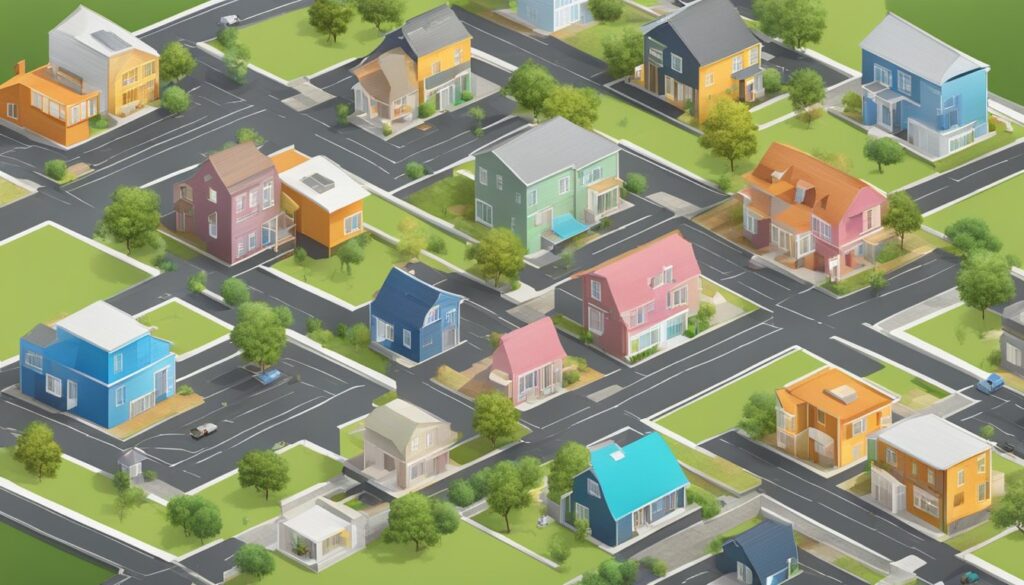
In this upcoming game, you are presented with an expansive toolkit that allows for an unprecedented level of customization and detail in your building ventures.
Whether you are a seasoned player of simulation games or a newcomer eager to explore your architectural flair, the game is designed to accommodate both intricate designs and more straightforward renovations.
With an emphasis on realistic gameplay and a multitude of choices at your fingertips, you can expect to immerse yourself in a virtual world where every decision from wall placement to decor selection can be fine-tuned to your liking.
The freedom to experiment and innovate is the cornerstone of this sequel, setting the stage for endless hours of engaging gameplay.
Game Overview
In this section, you will discover the exciting opportunities that the sequel to a popular PC game presents, including a myriad of customization options for building and renovation, along with its place in the larger context of PC gaming.
Concept and Vision
The core concept of This Hotly Anticipated PC Sequel revolves around giving you—the player—a vast array of construction and customization options. Imagine being able to design and refine your own structures, tailoring each aspect of the building to suit your vision. Here, the integration of RPG elements enhances your experience, providing depth to the in-game journey.
Homeworld 3 and Sequels
In the tradition of legendary space-based games like Homeworld 3, sequels often expand the universe and allow for richer gameplay. Your ability to influence and build within this game draws inspiration from the real-time strategy (RTS) genre and is expected to offer both single-player and multiplayer modes, potentially increasing the replay value and social interaction through upcoming PC games.
Likely Influences on Gameplay
The gameplay likely takes cues from other successful franchises such as Warhammer 40,000: Dawn Of War II, where strategy and customization are key. Building and renovation mechanics might be influenced by popular city-building and RTS games, creating complex layers of strategy for you to navigate.
Gameplay Mechanics
In this highly anticipated PC game sequel, you’re given a vast array of options to tailor your gameplay experience, particularly in building and renovating, managing resources, and engaging in various combat and strategic scenarios.
Building and Renovation
You have the freedom to construct and customize your own structures with an extensive selection of materials and styles. From the foundations to the finishing touches, your ability to renovate houses is only limited by your imagination.
This mechanic is designed to cater to your creativity, allowing for intricate designs and functional improvements.
- Materials: Choose from a variety of building materials for structure and aesthetics.
- Tools: Utilize different tools for construction, demolition, and refinement.
- Design: Plan out layouts and interior designs to meet specific game objectives or personal taste.
Resource Management
Effective resource management is crucial to progress. You’ll need to gather and allocate resources wisely for building, crafting, and survival elements within the game.
- Acquisition: Collect resources from the environment or through in-game commerce.
- Budgeting: Balance your spendings on materials, decorations, and defenses.
- Inventory: Keep track of your resources through an organized inventory system.
Combat and Strategy Features
When it comes to defense and survival, the game introduces a comprehensive combat system that blends elements of real-time strategy and survival horror. Prepare to engage with opponents using a variety of weapons and tactics.
- Combat Types: Master melee and range combat with an arsenal of weapons at your disposal.
- Magic and Strategy: Use magic or strategic planning to outmaneuver your opponents in turn-based combat or real-time clashes.
- Multiplayer Features: For those interested in multiplayer, prepare to team up or compete against other pc gamers in both cooperative and competitive modes.
- Survivability: Enhance your defenses in a metroidvania-style campaign that challenges your combat readiness and strategic skills.
Game World
In the world of this anticipated PC sequel, you’re granted extensive freedom to explore, innovate, and witness the responsiveness of an environment that adjusts dynamically to your craftsmanship strategies.
Exploring the Open World
As you venture into the expansive open world, you’ll encounter a diverse array of neighborhoods ripe for renovation. Each zone offers unique architectural styles and renovation challenges, allowing you to apply your design acumen across eclectic spaces.
-
Metroidvania Elements: Traverse through interconnected areas with tools and upgrades that unlock new zones, enhancing your sense of discovery.
-
Multiplayer Aspects: Collaborate or compete with others in redesigning spaces, providing a sense of community within the vast open world.
Environmental Details
The attention to environmental detail fosters a captivating and immersive experience:
-
Dynamic Weather: Real-time weather affects both the visuals and gameplay, requiring you to adapt your building strategies.
-
Seasonal Changes: Witness the transformation of landscapes as seasons shift, adding layers of complexity to your renovation plans.
Space and Territory Dynamics
-
Space Utilization: Maximize the potential of each property with strategic design choices, reflecting your vision in both interior and external spaces.
-
Eldritch Elements: For the more adventurous renovators, some buildings hold mysterious, eldritch secrets that can be unveiled or incorporated into your designs.
The sequel offers a living, breathing Game World that reacts and evolves based on your interactions, creating a truly dynamic gaming experience infused with a blend of creativity and strategic planning.
Progression Systems
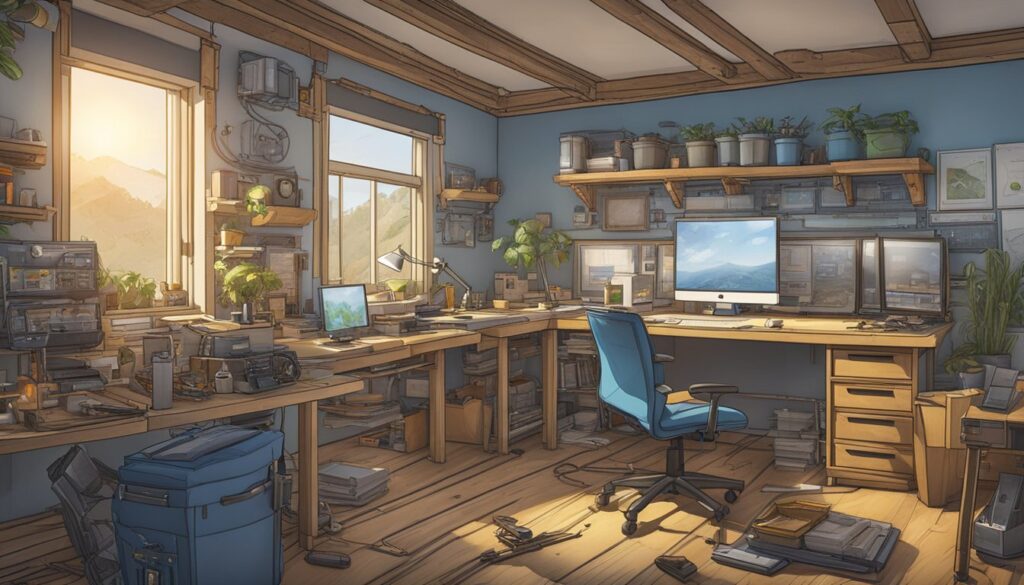
In your journey through the sequel, you’ll encounter intricate progression systems that shape your experience. You’ll develop your character’s skills, customize to your playstyle, and unlock powerful magic and abilities as you delve into the game’s depths.
Character Development
You start as a blank slate, eager to make your mark in the world of renovation and building. Through hard work and successful projects, your character grows, gaining notoriety and new opportunities; similar to Kratos in character evolution but within a domestic setting rather than mythical battlegrounds. Your decisions and successes impact your character’s reputation and unlock new challenges.
Skill Trees and Customization
Your arsenal of tools and techniques expands as you progress, with a skill tree system offering paths that cater to your strategy. Do you specialize in swift, efficient renovations or opt for elaborate, high-end designs? RPG-like elements allow you to hone specific skill sets, enhancing your workflow with every choice.
- Efficiency Mastery:
- Speedy Plumbing
- Lightning-Fast Painting
- Quick-Clean Techniques
- Design Mastery:
- Luxurious Furnishing
- Custom Carpentry
- Expansive Landscaping
Magic and Abilities
The metaphorical “magic” of your trade comes from the abilities you acquire – each opening new avenues just as gaining new abilities in a Metroidvania game unlocks previously inaccessible areas.
Imagine the satisfaction of unlocking design features reminiscent of Bloodlines 2 or discovering hidden functional upgrades with the complexity found in Dark Souls or Elden Ring.
Your capabilities might not control the elements, but they yield tangible changes in the worlds you create: transforming dilapidated structures into breathtaking homes with the flick of your wrist and the correct application of your gained knowledge.
Visuals and Performance
The sequel not only expands on the mechanics of house building and renovating, it also significantly upgrades the visual experience while ensuring smooth performance across various system specs.
Graphic Enhancements
You will notice the sequel’s improvement in visual fidelity with sharper textures and more realistic lighting effects, enhancing the immersion of your building experience. Detailed environmental effects also add depth to the scenes, capturing the fine nuances of different materials and surfaces used in construction and design.
Optimization Techniques
To address potential bugs and maintain a consistent frame rate, optimization techniques utilized in the game include:
-
Dynamic Resolution Scaling: Ensures your gameplay remains smooth by adjusting resolution in real-time based on current performance.
-
Frame Rate Lock: Can be enabled to prevent sudden jumps in performance, which might distract from the gameplay experience.
Remember to adjust these settings to match your system for the best balance between visuals and performance.
Sound and Music
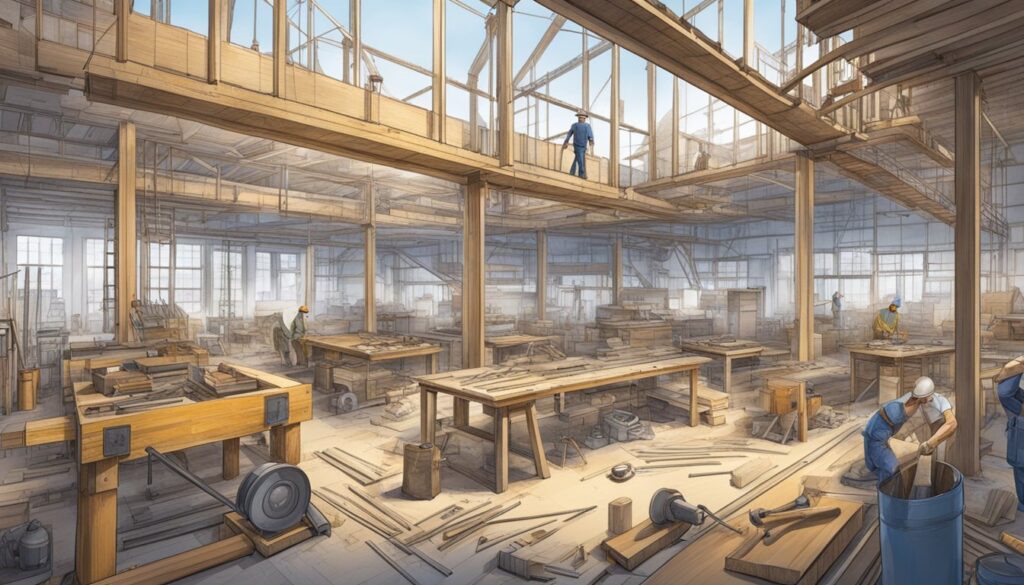
The sound and music in a highly anticipated PC sequel are crucial in shaping your experience, particularly in genres like action games, survival horror, and indie horror games, where they contribute significantly to the atmosphere.
Score and Effects
Score: Your journey through the game’s environments is underpinned by a dynamic score that adapts to your actions. As you build and renovate, expect the music to vary—from soft, encouraging tunes when you’re designing to more intense beats during time-pressured challenges.
Effects: Each tool and material you interact with produces its unique sound, creating a layered and realistic soundscape. For instance, the sound of wood being sawed or the distinct noise of paint being applied to walls enriches your sense of immersion.
Voice Acting
The characters you meet, including clients and suppliers, feature voice acting that adds depth to their personalities. In survival horror sections, voice acting intensifies the tension, while in calmer, creative moments of building and designing, it provides guidance and feedback.
Challenges and Replayability
In “This Hotly Anticipated PC Sequel,” you’re not just renovating houses, you’re constantly facing new challenges that push the bounds of creativity and strategy. Each house flip presents a distinct set of obstacles, while the varied game modes cater to different playstyles.
Difficulties and Modes
Your gameplay experience can be tailored with a variety of difficulty settings. Whether you prefer a casual approach to renovation or the intense pressure of a Hardcore Mode akin to the skill-demanding combat of Dark Souls, there’s a setting that matches your abilities and tests your resolve.
- Easy Mode: Ideal for newcomers, focus on creativity.
- Standard Mode: A balanced mix of gameplay mechanics.
- Hardcore Mode: Limited resources, akin to survival in horror games.
- Creative Mode: Unlimited funds, think Minecraft, but for house flipping.
Achievements and Milestones
Achieve and unlock milestones that celebrate your prowess in renovation and design:
- Finish a house flip without exceeding the budget. Reward: The Economizer Trophy
- Successfully renovate and sell a haunted house, tipping your hat to horror games with a nod to the unexpected.
- Unlock special renovation tools and styles reminiscent of design options from indie games renowned for their creativity.
Conquering these achievements not only provides satisfaction but also encourages you to replay and improve your skills. This approach to progression and success mirrors the intensity and reward system found in fighting games like Tekken 8, where mastery is a journey, not just a destination.
Community and Multiplayer
In this eagerly awaited PC sequel, the community and multiplayer aspects play pivotal roles in enhancing your gameplay experience. You can connect with players globally or team up with friends to tackle projects together.
Building an Online Community
In the realm of this PC game, you’re not just renovating houses alone; you’re part of a broader online community. The in-game platforms allow you to share your creative builds and renovation ideas, sparking collaboration and inspiration among the player base. The Shared Design Galleries act as an interactive showcase where you can post your finished projects and vote on your favorite designs from other players.
Multiplayer Features and Modes
The multiplayer component of the game introduces various modes, providing both cooperative and competitive play styles:
- Co-op Renovation: Team up with your friends in co-op mode. You’ll divide and conquer tasks to renovate homes faster and more efficiently.
- Competitive Building Challenges: Test your design skills against others in timed challenges, where creativity and speed are your tickets to victory.
Although this title does not specifically cater to horror games, action games, or fall within franchises like Dark Souls or God of War, it offers a distinct multiplayer experience that focuses on cooperation and community.
Unlike titles such as FromSoftware’s games, which are known for their punishing solo play, this game encourages working together.
It does not feature co-op FPS elements like those you might find in Redfall, nor does it align with action-packed narratives as seen in Suicide Squad: Kill the Justice League or the expected experiences from upcoming games Bloodlines 2. Instead, it carves out a unique niche where creativity and collaboration are key.
Anticipated Updates
In the sequel to House Flipper, you can expect a significant number of updates and enhancements, tailored to enrich the building and renovating experience. With a focus on customization and extended gameplay, the updates are designed to meet the expectations of fans eagerly awaiting the game’s release.
Early Access Insights
Early Access will be your first opportunity to experience the new features of this upcoming PC game.
During this phase, you can explore the advances over the original House Flipper, such as the deepened level of customization options, allowing for a more granular control of building and renovation projects.
Expect to influence the game’s development with your feedback, as developers often tweak features and fix bugs based on user experience during early access.
Roadmap for Expansion
The Roadmap for Expansion indicates a structured timeline, detailing the introduction of new capabilities and improvements post-release. Some key points of interest include:
- Multiplayer Integration: Engage with others in cooperative builds or showcase your renovation skills in competitive scenarios.
- Content Releases: Anticipate regular additions that expand on the existing game’s mechanics and introduce new challenges.
- Release Dates: Keep an eye on official announcements for concrete release dates concerning new updates and expansions.
The anticipation for these updates grows as the gaming community looks forward to the variety and depth that this sequel promises to bring to the world of virtual house flipping.
Critical Reception
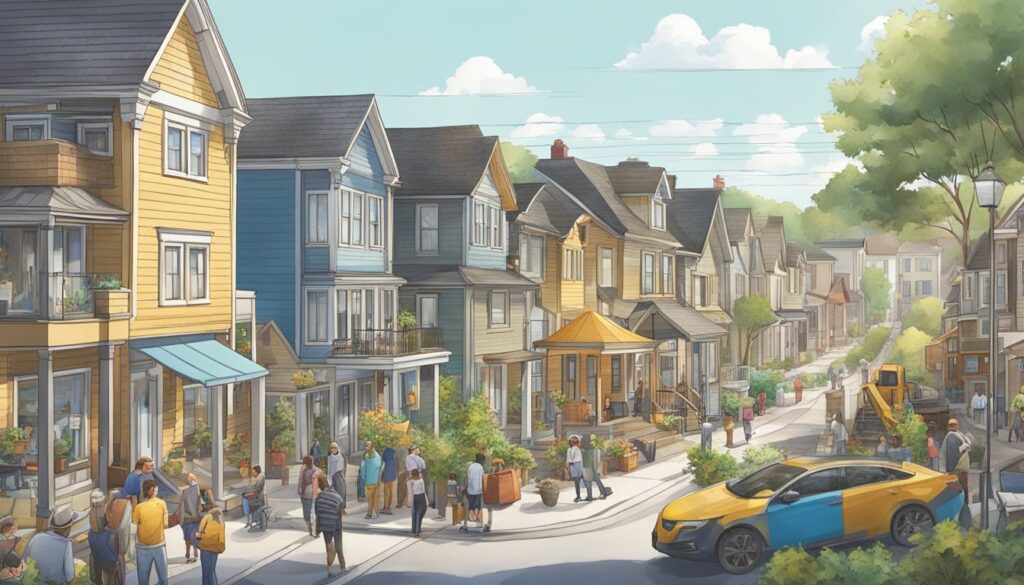
As you dive into the world of this anticipated PC sequel, the critical reception plays a pivotal role in shaping your expectations and experience. You’ll discover how it matches up to the hype and what the initial reviews are revealing about this next chapter in house building and renovation gameplay.
Expectations vs. Reality
Expectations: On paper, the sequel to the famed house renovation sim was poised to offer you an even broader array of choices for building and customization, setting the stage for a richer gaming experience.
- Promised enhancements included:
- More robust construction tools: Allowing for a greater degree of creative freedom.
- Diverse design options: To cater to varied aesthetic preferences.
Reality: Upon release, player feedback highlighted several critical areas:
- Performance: Whether the game runs smoothly on a range of PC configurations.
- Delivered Content: How the actual gameplay aligns with the developers’ promises.
Initial Reviews and Feedback
The sequel’s premiere saw a mix of sentiments from both established gaming critics and the broader PC gaming community.
Professional Critique:
- Game Depth: Critics acknowledged the game’s expanded mechanics, praising its ambition.
- Immersion: Some reviews contrasted the game’s promises with the immersive experience it delivered, noting specific areas for improvement.
Community Feedback:
- Gameplay Loop: Players have been vocal about the addictive quality of gameplay, reinforcing the game’s standing in the genre.
- Issues Raised:
- Difficulty Scaling: Comparisons with the challenges in games like Dark Souls.
- Atmosphere: Reflections on the game’s ability to blend genres, potentially introducing elements of horror alongside traditional action and indie vibes.
In summary, as a PC gamer, you can sift through the collective insights to gauge how well the game resonates with its audience and whether it fulfills the promise of offering you ‘a million ways’ to build and renovate houses.
Release Information
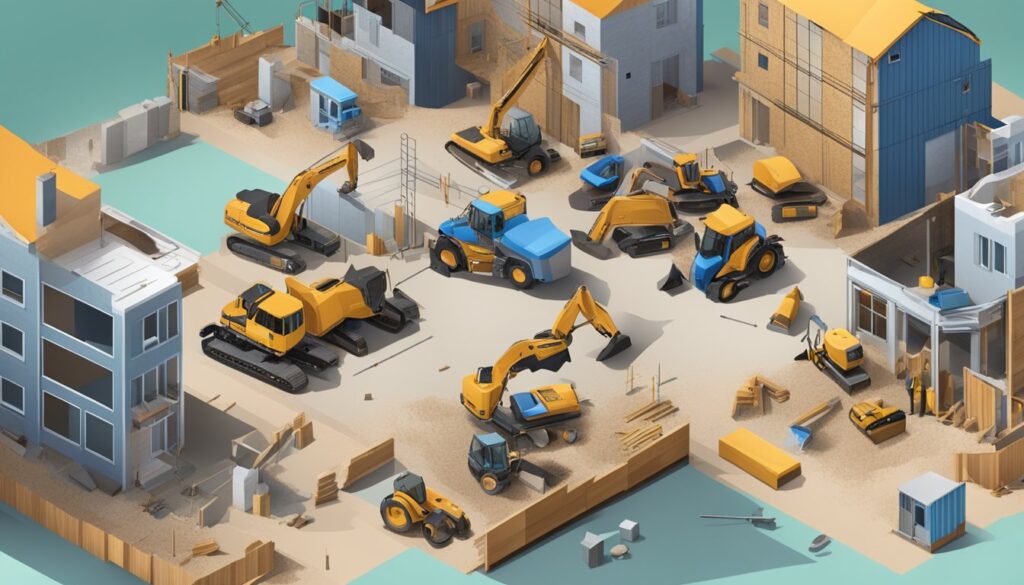
Eagerly awaited by the gaming community, the sequel to the popular simulation House Flipper is set to provide you with myriad customization options for virtual real estate endeavors.
Launch Plans
Release Date:
While a specific launch date has not been announced, you can expect this title to hit the market within the upcoming year. Stay tuned to official channels for the precise release schedule.
Sequels and Multiplayer:
As the next installment in the series, the game is anticipated to potentially incorporate multiplayer elements, enhancing the experience by possibly allowing collaboration or competition in house renovation projects.
Availability and Purchase Options
Platforms:
The game will be available to purchase on PC through various digital storefronts.
How to Purchase:
- Pre-order from the official website or authorized sellers.
- On release, buy directly from platforms such as Steam or the Epic Games Store.
Reserve your copy to be among the first to explore the expansive and creative world of this upcoming PC game.
System Requirements
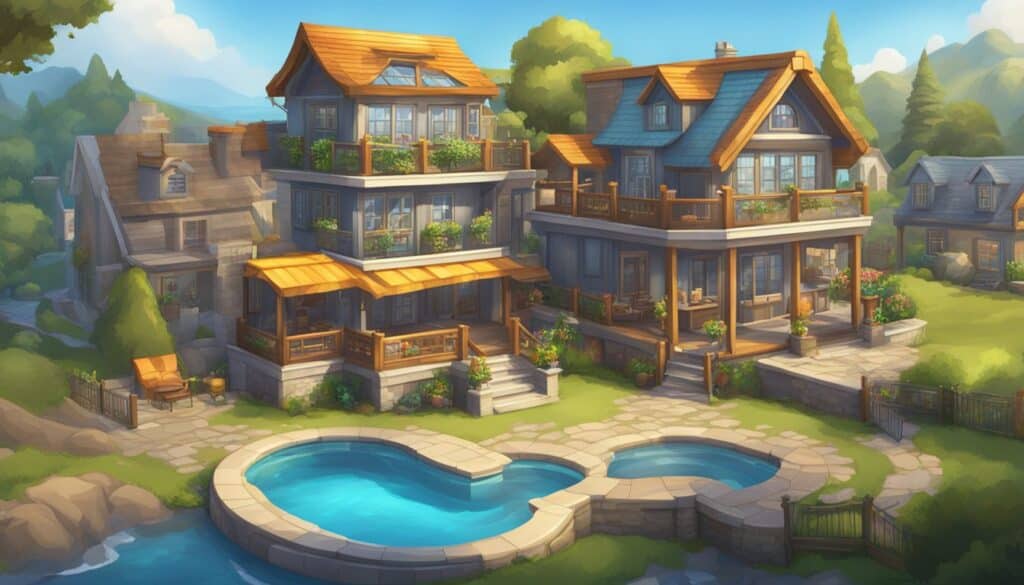
When you’re gearing up to immerse yourself in this hotly anticipated PC sequel focused on building and renovating houses, ensuring your system meets the required specifications is crucial. Below, the system requirements are detailed to help you prepare your PC, whether you’re looking to meet the minimum needs or aiming for the optimal gaming experience.
Minimum Specifications
To run the game without technical difficulties, your system should meet the following minimum specifications:
- OS: Windows 10 64-bit
- Processor: Intel Core i5-2500K or AMD FX-6300
- Memory: 8 GB RAM
- Graphics: NVIDIA GeForce GTX 770 2GB / AMD Radeon R9 280 3GB
- DirectX: Version 11
- Storage: 50 GB available space
Recommended Specs for Optimal Performance
For PC gamers seeking the best experience in action games and upcoming PC indie titles, the recommended specs for optimal performance are:
- OS: Windows 10 64-bit
- Processor: Intel Core i7-4770K or AMD Ryzen 5 1500X
- Memory: 16 GB RAM
- Graphics: NVIDIA GeForce GTX 1060 6GB / AMD Radeon RX 480 8GB
- DirectX: Version 12
- Storage: 50 GB available space on SSD
Keep in mind that these requirements are specific to this game and may vary for other titles.
Developer and Publisher
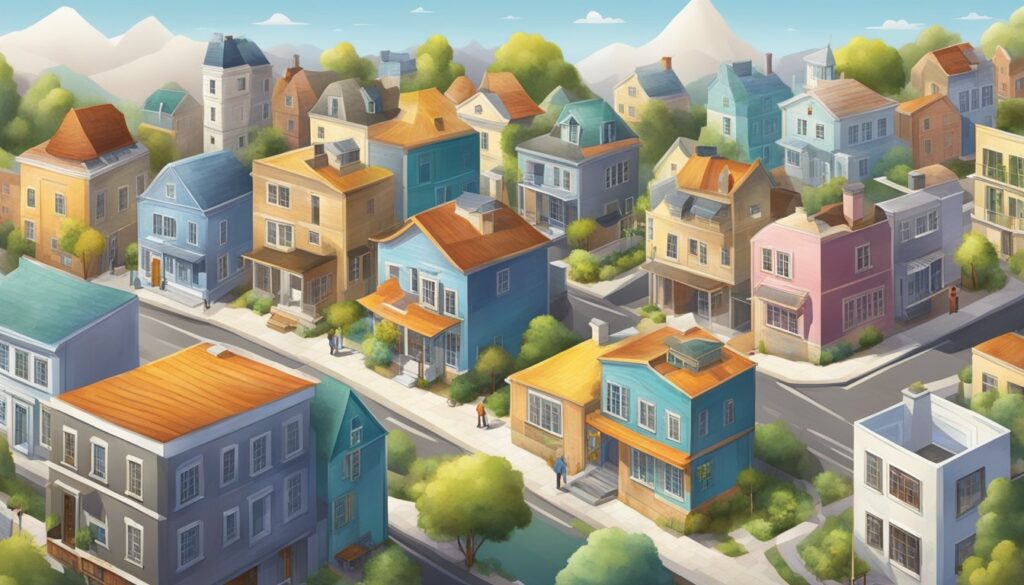
When looking into the developers and publishers behind the high-anticipated sequel of a house renovation game, your attention to their past achievements and offerings will shape your expectations for this upcoming title.
Studio Background
The game House Flipper 2 has been developed by a studio with a strong background in simulation and building titles. While not explicitly associated with major players like Bethesda, known for the Fallout series, or Blizzard, the intricate customization options offered in this sequel align with the depth seen in titles from studios like Arkane, who developed the deeply immersive worlds of the Homeworld series.
Previous Successes
You can view the success of any game developer by looking at their previous works. For instance, Arkane’s involvement with the dense, multi-path environments in the Homeworld series may serve as an inspiration for the level of detail in House Flipper 2. While House Flipper 2 is not part of the Bethesda or Blizzard family, nor does it explore the vastness of space as in Mass Effect or the expanse of FromSoftware’s worlds, it offers its own type of relief—a satisfaction that comes from transformation and renovation.
Related Titles

In this section, you’ll discover games that align with the highly anticipated house-building and renovation sequel, whether they offer similar gaming experiences or have laid the groundwork for this genre.
Competitive Alternatives
As you eagerly wait for this upcoming sequel, you might be interested in exploring other games that provide competitive alternatives:
- Homeworld 3: For strategy and building on an interstellar scale.
- Frostpunk 2: Offers challenging societal building and survival elements.
- The Sims 4 (as a broader genre comparison): Focuses on life simulation and home customization.
Inspirational Predecessors
The following games have set the bar and offer inspiration through their building and management mechanics, influencing the house renovation sequel:
- House Flipper: The original title that brought home renovation to gaming.
- The Sims Series: Pioneered life simulation with deep customization for household design.
- SimCity: One of the foundational city-building strategy games.
These titles have each contributed in shaping the landscape of simulation and strategy games that revolve around construction, management, and design, leading to the anticipation for the sequel at hand.
Frequently Asked Questions
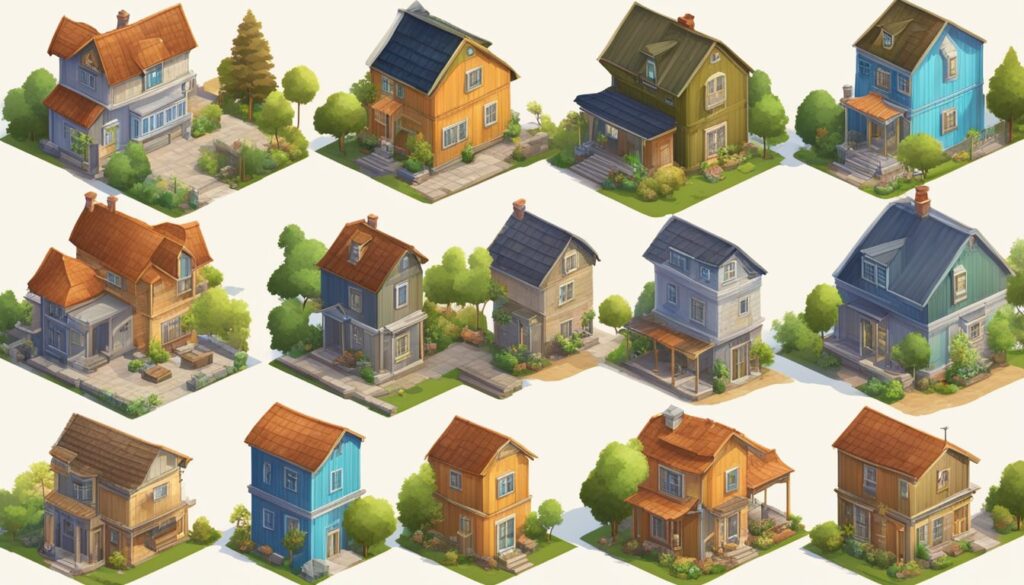
This section covers the most common inquiries about the highly anticipated house-building PC game sequel.
What new features can players expect in the upcoming house-building sequel?
You can look forward to advanced customization options, multi-floor building, and enhanced landscaping features, allowing a more robust construction experience.
How does the sequel expand on the original game’s renovation mechanics?
The sequel introduces a more sophisticated renovation system, including structural modifications and environmental factors that affect your building choices and strategies.
Is there a more varied selection of building materials in the new installment?
Yes, you’ll have access to a wider array of materials, ranging from eco-friendly options to luxury finishes, each with unique properties and visual aesthetics.
Will the sequel include multiplayer or cooperative gameplay modes?
For the first time, the game will feature cooperative gameplay, enabling you to collaborate with friends on projects or compete in building and renovation challenges.
What improvements have been made to the game’s graphics and performance?
Expect significant enhancements in graphics with higher fidelity textures, realistic lighting, and optimized performance for smoother gameplay, even on modest hardware.
Are there any partnerships with real-life brands for in-game items?
The developers have partnered with several real-life home improvement brands to bring authentic products into the game, enriching the realism and variety of building options.

